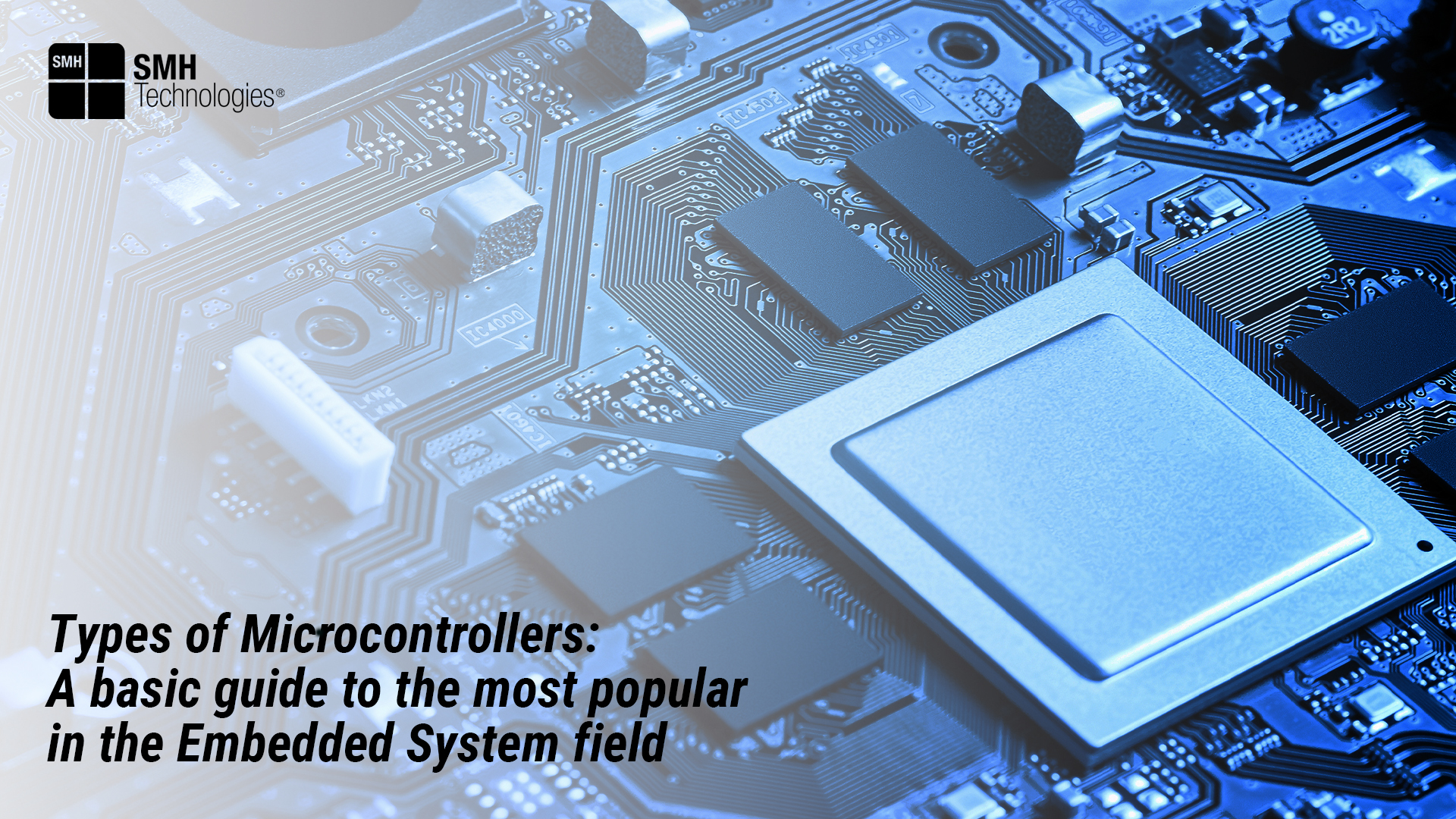Project Description
[This article is part of “Discover ISP”, the educational section of our Corporate Blog dedicated to those who are approaching the world of In-System Programming and Embedded Systems.]
Before delving into today’s topic, it is necessary to review what a microcontroller is along with its role in In-System Programming and Embedded Systems. Understanding the diverse world of microcontrollers is essential for anyone delving into the realm of embedded systems, as these components form the heart of countless modern devices.
A microcontroller programmer, also known as a device programmer, is a physical device that facilitates the loading of software or firmware onto a microcontroller chip, enabling the device to execute operating instructions.This process is pivotal for the development and optimization of embedded systems, making the choice of microcontroller and programmer a critical decision for engineers and developers.
Read the related article to learn more about this topic: https://smh-tech.com/corporate- blog/microcontroller-programmer-and-microcontroller-programmer-firmware-the-basics/
There are several families of microcontrollers available in the market. The characteristics of each are briefly discussed in this guide.
Introduction to the main characteristics of different types of microcontrollers
PIC Microcontroller: used in electronics design, computer robotics and similar devices, a PIC (Peripheral Interface Controller) includes an integrated memory, data bus together with a dedicated microprocessor for all I/O purposes and methods. The flexibility and efficiency of PIC microcontrollers make them a staple in hobbyist projects and professional applications alike.
ARM (Advanced RISC Machine) Microcontroller: is highly popular in the industrial sector due to its balance of quality, performance, and cost. Its advantages include not only a small size with high performance, but also an energy efficiency. ARM’s architecture is renowned for its low power consumption and high-speed processing capabilities, making it a favorite among developers focusing on portable devices.
8051 Microcontroller: was created by Intel in the 1980s. It is an 8-bit microcontroller capable of processing 8 bits of data at a time. It finds application in various embedded systems including robotics, remote controls, automotive, medical devices, telecommunication applications, power tools, and consumer appliances. Its enduring popularity underscores the 8051’s reliability and ease of use in a wide range of applications.
AVR Microcontroller (Alf and Vegard’s RISC Processor): it was among the pioneering microcontroller families to use internal flash memory to store program content. It allows the program memory to be erased and rewritten with a new version. Furthermore, it is not necessary to remove the microcontroller from the board on which it is mounted. AVR microcontrollers are celebrated for their user-friendly nature, offering a seamless experience for both beginners and seasoned developers.
MSP Microcontroller (Mixed Signal Processor): it is a type of a microcontroller specifically designed for low-cost and low-power dissipation in embedded applications. MSPs are 16-bit mixed-signal processors for ultra-low-power RISC-based systems. Their unique blend of analog and digital capabilities opens up a world of possibilities for innovative embedded system designs.
As the field of Embedded Systems continues to evolve, the selection of the right microcontroller becomes increasingly critical. This guide aims to shed light on the main types of microcontrollers, helping developers navigate the complex landscape of embedded system design. Staying informed about the latest developments in microcontroller technology can significantly enhance the performance and capabilities of your projects.



